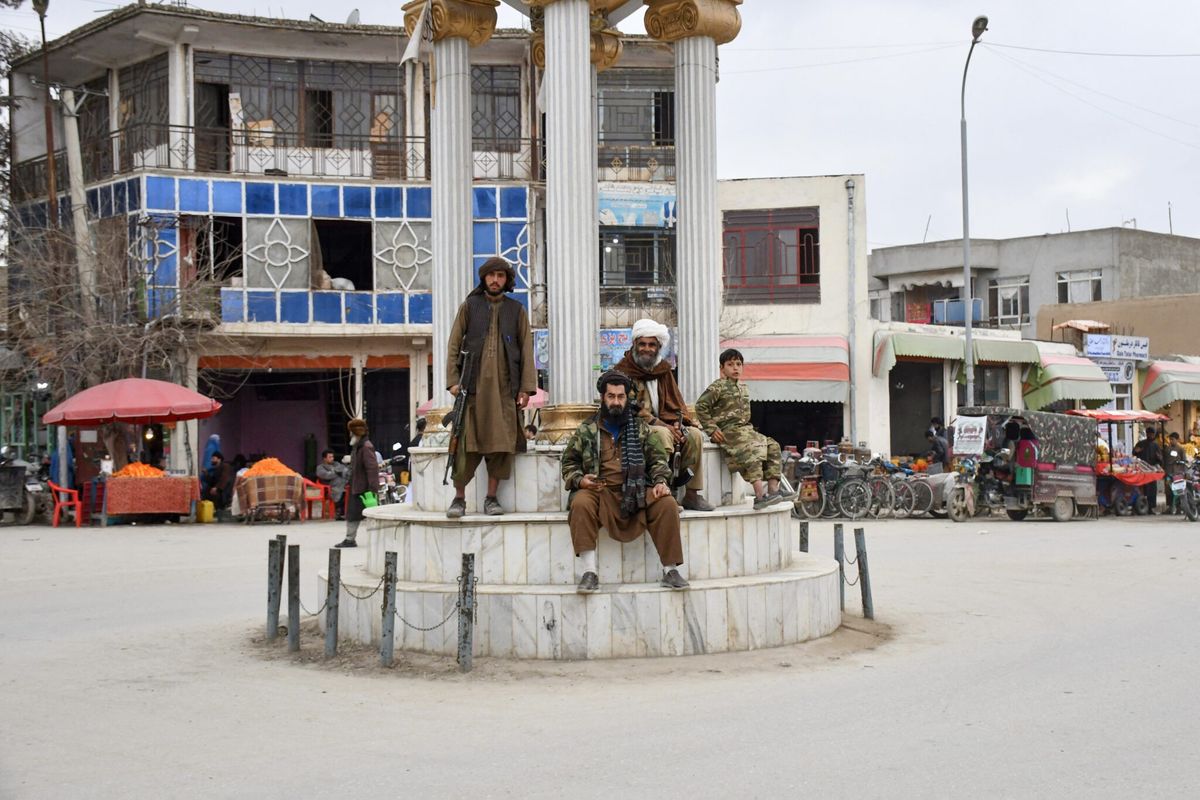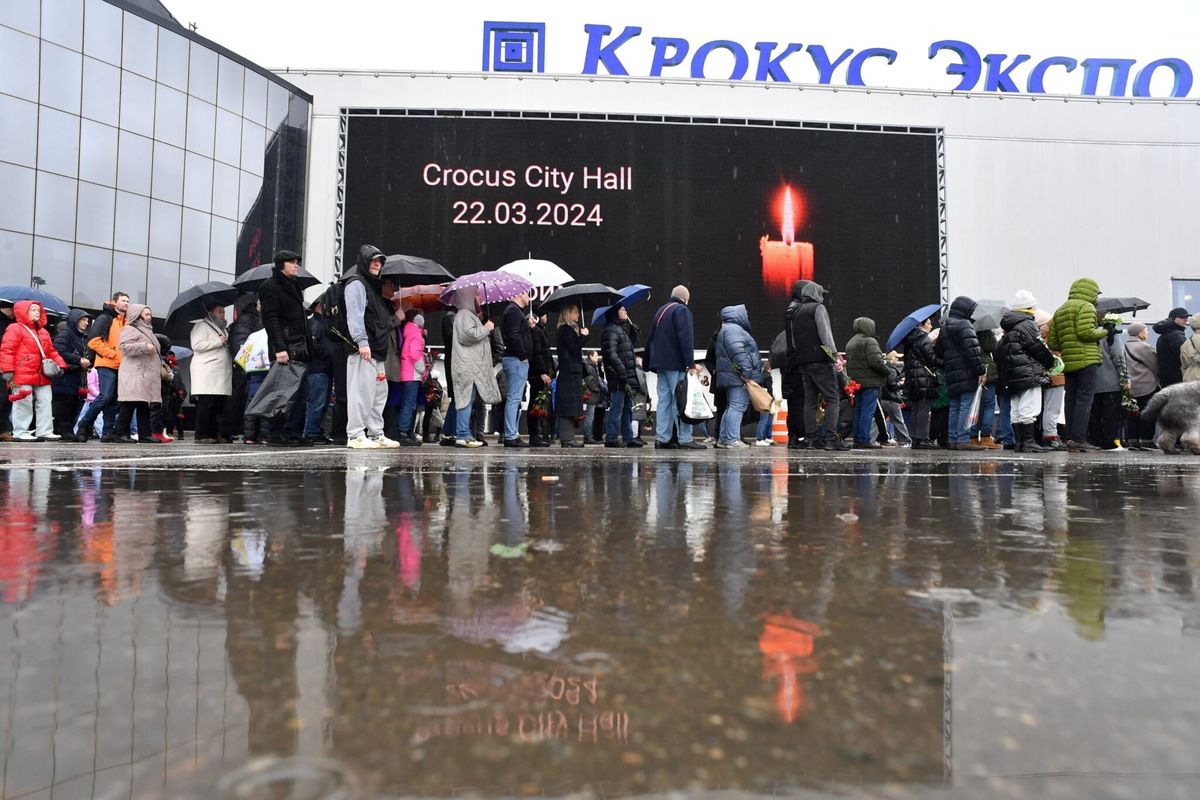With Taliban and ISIS attacks occurring in Afghanistan almost daily, questions surrounding the direction of the country’s security apparatus loom large. Despite U.S. President Barack Obama’s announcement in early July that 8,400 U.S. troops will remain in Afghanistan through the end of his presidency – an increase from the 5,500 that was initially planned – the situation on the ground continues to present challenges to American and Afghan policymakers and security officials alike.
“The current security situation in Afghanistan demonstrates that we are far from achieving [our] strategic objectives,” stated Republican Congressman Will Hurd of Texas in an exclusive interview with The Cipher Brief. “That [U.S. troop] level is not sufficient. We have seen that when there is a reduction in troop levels, instability increases,” he continued.
Since the start of summer, the Taliban and ISIS have ramped up their brutal campaigns across Afghanistan. On June 5, Taliban gunmen opened fire at an Afghan courtroom in Logar Province – just south of Kabul – killing seven people, including prosecutors and judges. A little more than two weeks later, the Taliban attacked a bus of foreign security contractors in Kabul killing 14, and on June 30, the Taliban ambushed an Afghan police convoy killing 30.
Three weeks ago, ISIS claimed responsibility for a suicide bombing in Kabul, which left at least 80 dead and 200 injured. Last week, the Taliban bombed a hotel outside of Kabul where many foreign contractors stay, and the group was also responsible for injuring six tourists in a rocket attack in Herat.
On Saturday, pictures surfaced on social media of American military equipment and identification cards that had been confiscated by ISIS militants after a gun battle in Nangarhar Province in eastern Afghanistan. Brigadier General Charles Cleveland, the Deputy Chief of Staff for the U.S.-led mission in Afghanistan, confirmed that equipment was lost after U.S. troops were forced to withdraw during a recent operation.
“In the course of moving the [collection point] to a safe location, some equipment was left behind,” Cleveland said. “For understandable reasons, the lives of soldiers were not put at risk to recover the equipment prior to the scheduled exfiltration from the area at the already planned conclusion of the operation.”
Then on Sunday, two lecturers at The American University of Afghanistan in Kabul, one American and one Australian, were kidnapped at gunpoint, although there have yet to be any claims of responsibility.
Some have attributed this uptick in violence to a recent pact between the Taliban and ISIS in Afghanistan. While there has been regular infighting between the two groups since ISIS burst onto the scene in Afghanistan in late 2014, there appears to be an agreed upon ceasefire, which has allowed both the Taliban and ISIS to concentrate their offensives against Afghan and U.S. forces.
“[ISIS has] fought deadly battles with the Taliban before. But over the past two months, there has been no fighting among them,” General Mohammad Zaman Waziri, who commands Afghan troops in the east, said in the Wall Street Journal.
And now, with the Taliban able to regroup, reports have emerged that Lashkar Gah, the capital of Afghanistan’s ever-volatile Helmand Province, is in danger of falling to the Taliban.
“If we don’t receive support from the central government, the province will collapse soon,” said Karim Atal, the director of Helmand's provincial council.
However, according to former U.S. Ambassador to Afghanistan and Iraq and Cipher Brief expert Ryan Crocker, the security situation in Afghanistan may not necessarily be as dire as some have assessed. “It is important to bear in mind that the Taliban control no urban areas in spite of intensive efforts,” explains Crocker. “They did take Kunduz in 2015, but Afghan security forces were able to drive them out a few weeks later. Expectations that Lashkar Gah in Helmand would fall in the current fighting season have thus far not materialized.”
Furthermore, the commander of U.S. and NATO forces in Afghanistan, General John W. Nicholson, told reporters on Wednesday that Afghan forces, backed by the United States, killed an estimated 300 Islamic State fighters in an operation conducted in Nangarhar a couple of weeks ago.
“They killed a number of top leaders of the organization and up to 300 of their fighters,” Nicholson said. “Obviously it's difficult to get an exact count, but what this amounts to is about 25 percent of the organization at least, and so this represents a severe setback for them.”
And while the U.S. may no longer maintain a vast, on the ground fighting force capable of restoring order throughout Afghanistan, President Obama’s announcement on troop levels last month is seen by some experts as sending a clear signal that the U.S. will not waver when it comes to Afghanistan.
“I think the President’s announcement on troop levels is situated in a broader policy that, at this point, I would say, is implicit, but nonetheless very important – that the United States is not walking away from Afghanistan, not militarily, but by extension, not politically either, said Crocker. “And I think that’s extremely important for both allies and adversaries to hear.”
Bennett Seftel is deputy director of editorial at The Cipher Brief.












